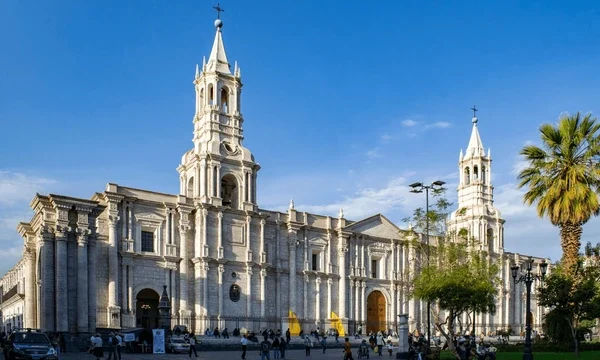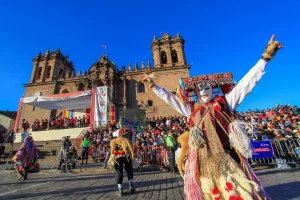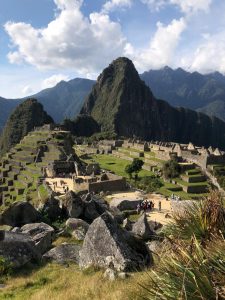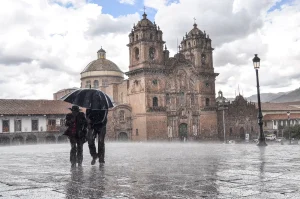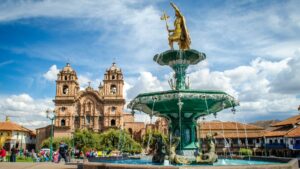I finally made it to Arequipa! Everyone told me to come for the condors, but I stayed for the food, the people, and the views. From the first moment in town, I felt like I was walking into a living museum surrounded by volcanoes. The weather was perfect, too. After a few days in Cusco’s cold nights, arriving in sunny Arequipa was a very welcome change.
Before coming, I asked for suggestions from fellow travelers, a couple of friends who visited last year, some locals, and of course, I did my own research. But honestly, I still wasn’t prepared for everything I found here.
Picture this: waking up to the sound of the cathedral bells and warm sunshine filling the Misti Valley. In the background, a dramatic landscape decorated by the Misti and Chachani volcanoes.
In this blog, I’ll share my personal recommendations for activities, day tours, and must-visit places in town.
A Day Exploring Arequipa on Your Own
San Camilo Market
Start your day with a freshly made juice at San Camilo Market. Here you’ll find an incredible variety of fresh fruit, potatoes, corn, and all kinds of local produce. You can also browse handcrafts and souvenirs. And for a 100% local experience, try a rocoto relleno or adobo.
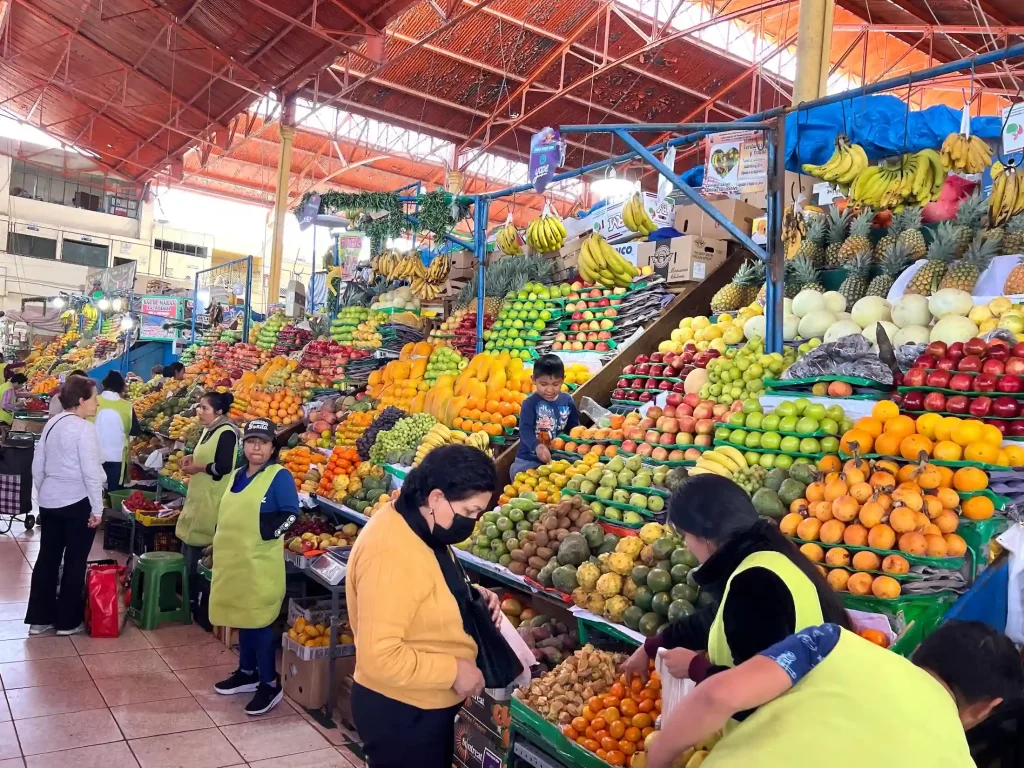
Plaza de Armas
Then continue toward the Plaza de Armas. This is the perfect spot to admire Arequipa’s distinctive colonial architecture. Built from white sillar volcanic stone, the buildings have the characteristic bright tone that gives Arequipa its nickname: La Ciudad Blanca.
The plaza is surrounded by elegant arches and balconies, but the building that truly stands out is the Cathedral. This neogothic–neoclassical temple includes a religious art museum, and with a guided visit you can climb up to the bell towers.
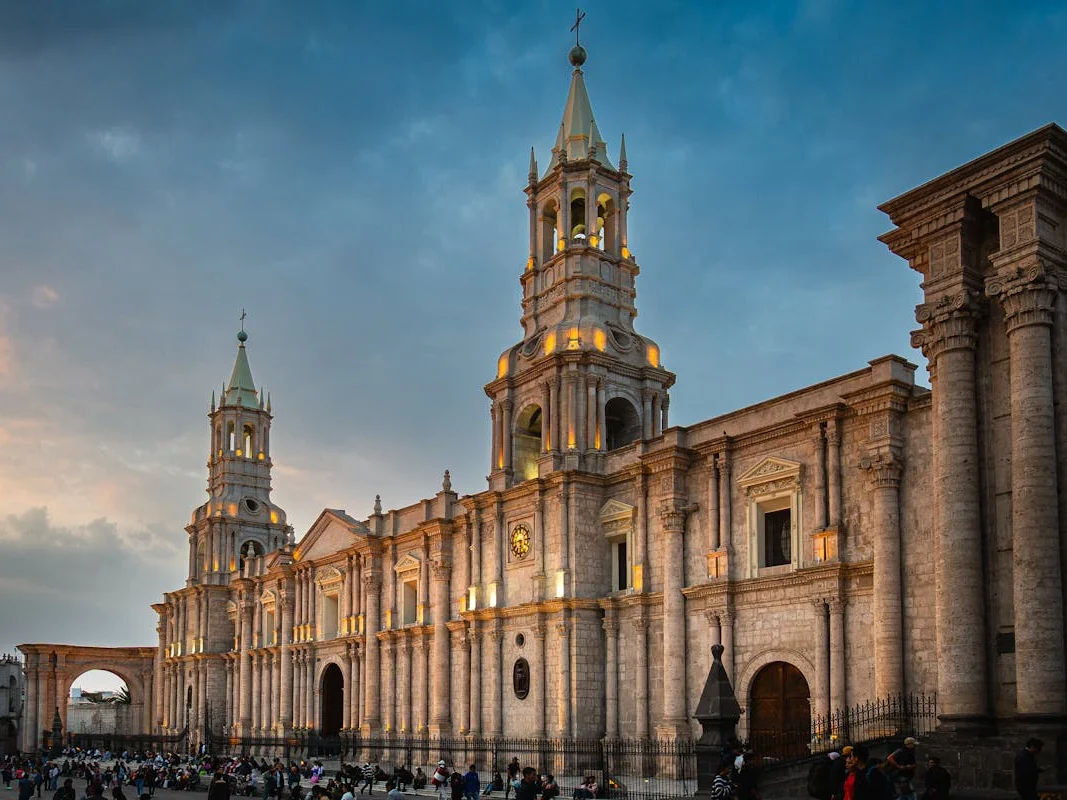
La Compañía de Jesús
Just around the corner, visit the Church of the Society of Jesus. Its façade blends barroco latino and barroco mestizo styles, making it one of the finest examples of this architecture in Peru. The adjacent patio is a lovely stop for a coffee break, some traditional queso helado, and beautiful photos of the white domes.
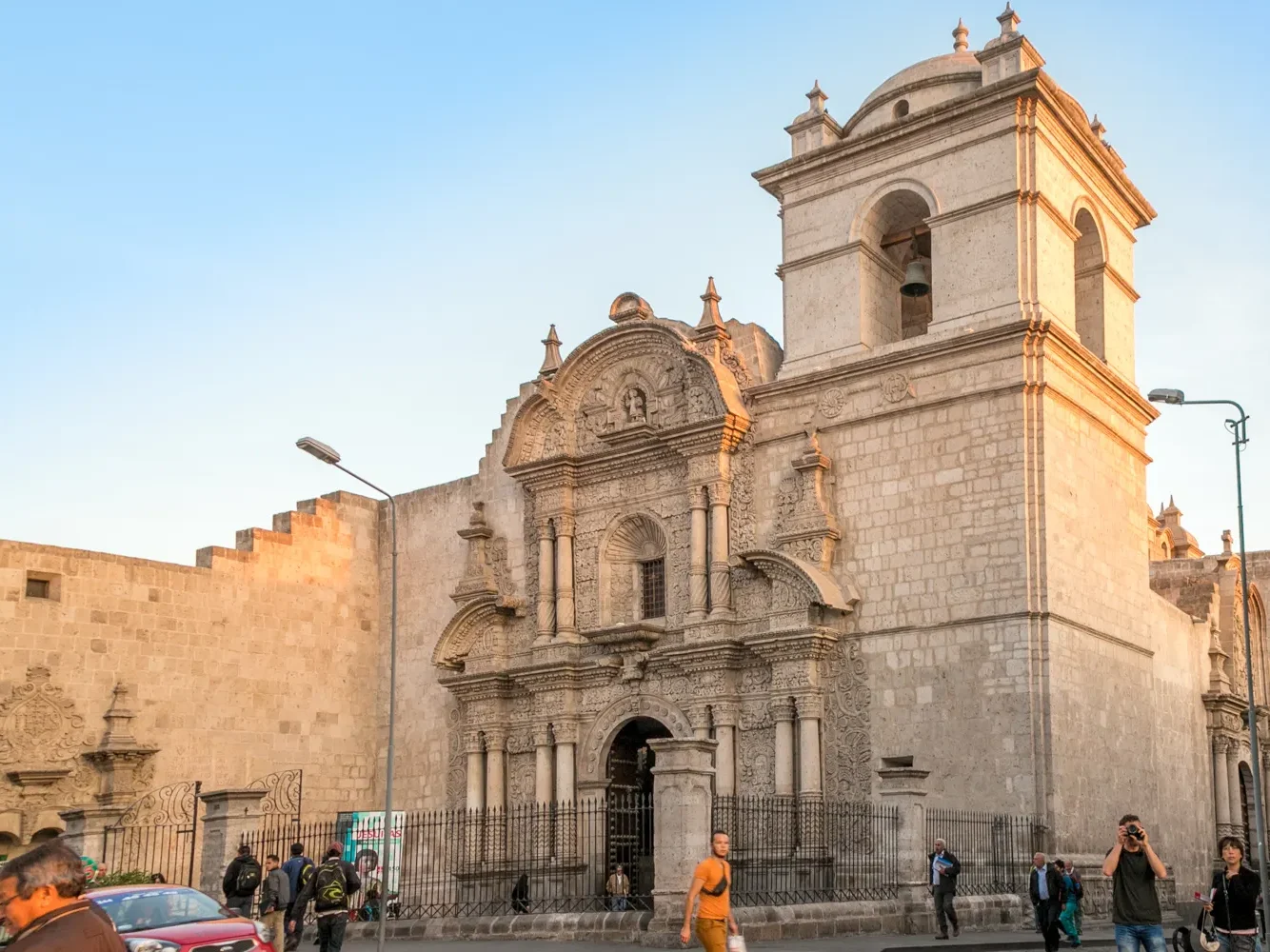
Lunch Time
Around the plaza, you’ll find plenty of restaurants, but I recommend choosing a local picantería. They offer the most authentic regional dishes and many have great views of the plaza.
If you prefer a lighter meal, try the popular La Lucha Sanguchería Criolla, known for some of the best sandwiches in Peru.
Convents, Colonial Neighborhoods & Iconic Viewpoints
Santa Catalina Monastery
Moving away from the Plaza, your next stop should be the Santa Catalina Monastery. This massive religious complex feels like a city inside a city, complete with streets, chapels, cloisters, plazas, kitchens, laundry areas, gardens, and living quarters.
Wandering its corridors is a journey into the daily life of the nuns who lived here.
Historic fact: It is believed that between 200–250 nuns lived in the monastery, each with 2–4 servants.
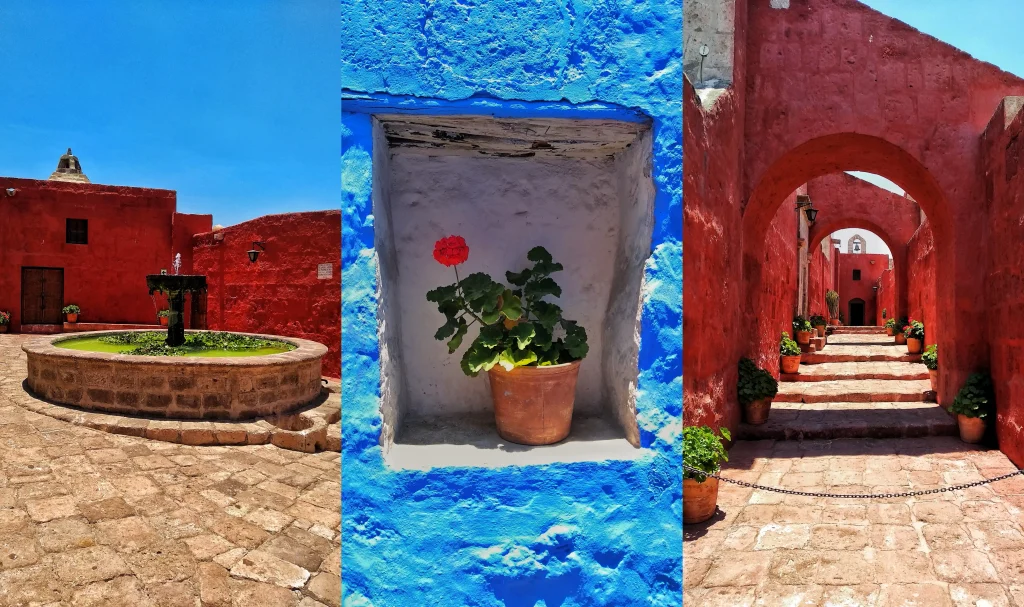
Yanahuara
Our next stop is the Yanahuara Viewpoint, the perfect place to admire the city from above and photograph Arequipa’s volcanoes. Afterward, take a stroll through the charming colonial alleys surrounding the plaza.
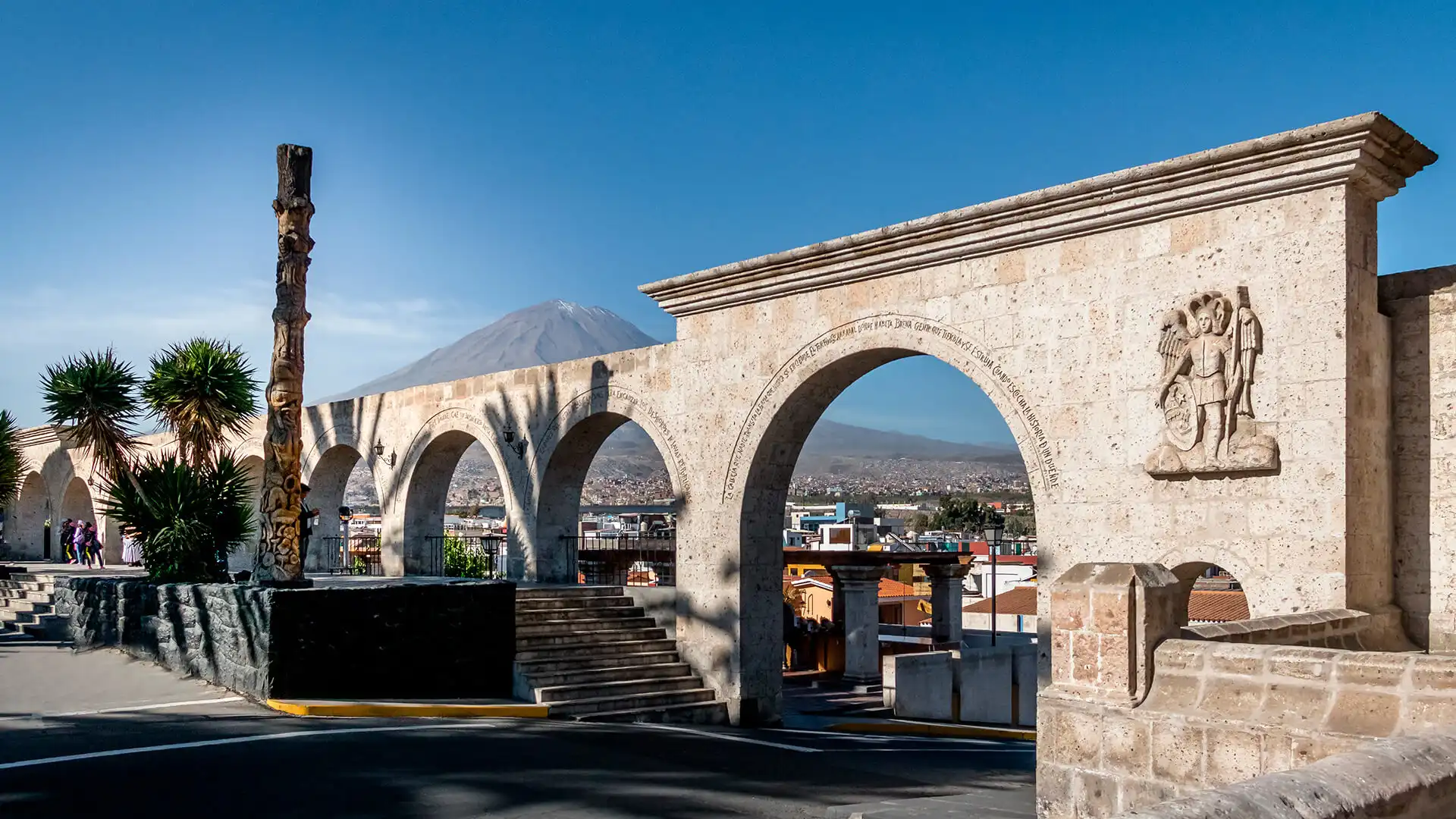
Pro traveler tip:
Take a cab to Yanahuara, then walk back to the Plaza de Armas—it’s only about 30 minutes. On your way down, you’ll pass through the modern sections of the city and enjoy a peaceful river walk along the Chili River.
Once you return to the historic center, finish your day with sunset views from one of the rooftop bars overlooking the Plaza de Armas.
More to Explore in Arequipa
If you have an extra day in the city, here are additional spots perfect for photography and local gastronomy:
- San Lázaro neighborhood
- El Solar
- Sachaca
- Museo de Arte Virreinal Santa Teresa
- Plaza España
- Plaza San Francisco
- Carmen Alto viewpoint
Colca Canyon
Visiting the Colca Canyon should be a much more famous trip in Peru—it has incredible landscapes, wildlife, unique ecosystems, and deep cultural roots. Yet many travelers overlook it, which is exactly why it deserves a place in this blog.
You can visit on your own or with a tour (I’ll share an option below), but first, here’s why the Colca is such a remarkable destination.
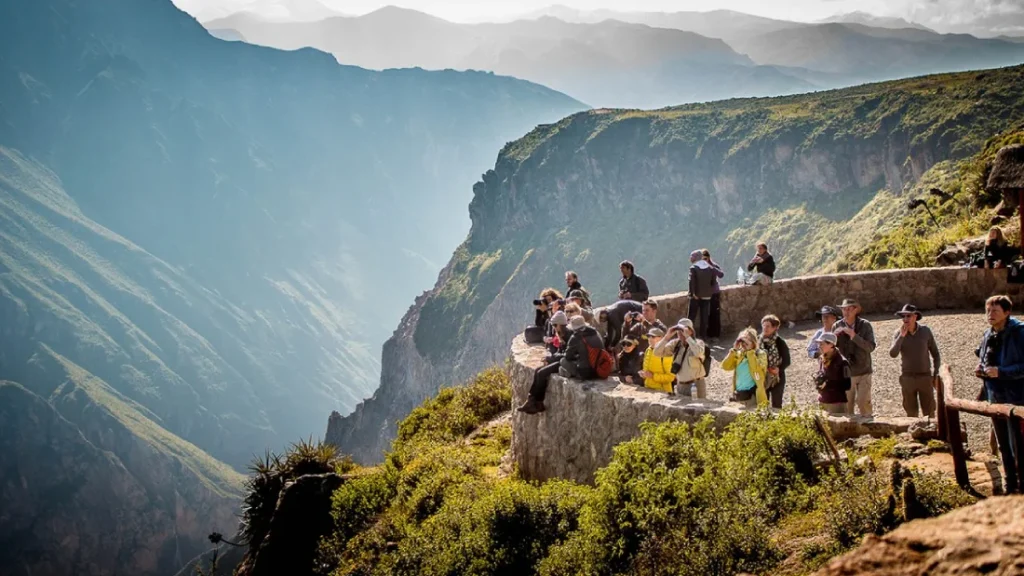
Mirador Cruz del Cóndor
This viewpoint is probably the first image that comes to mind when people think of Colca. From here, you can admire the immense depth of the canyon and watch the majestic Andean condors soar over the cliffs.
If you arrive between 8:00 and 10:00 a.m., your chances of seeing them are much higher.
Note: This is a popular stop and can get crowded, but the viewpoint is large enough to accommodate everyone comfortably.
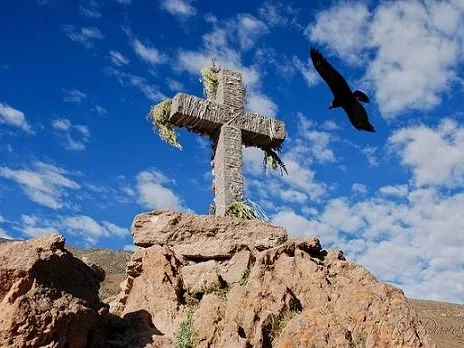
Oasis Sangalle
Because of the extreme altitude drop, high humidity, and strong sun exposure, the oasis has a unique micro-ecosystem. To visit, you must descend from the canyon rim starting in Cabanaconde.
A zig-zagging trail leads down to the oasis, where you can relax in natural pools or unwind under palm trees.
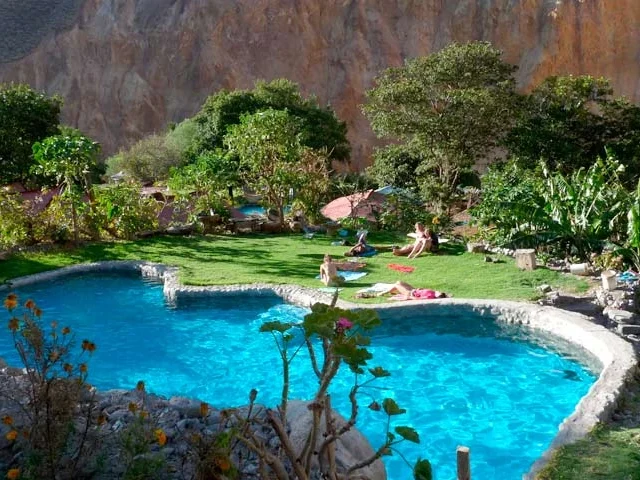
Cabanaconde
This small town is the heart of any Colca itinerary. From here, you can begin the classic Colca trekking routes or descend to Sangalle.
Cabanaconde feels timeless, with stone houses, quiet streets, and the peaceful rhythm of rural Peruvian life.
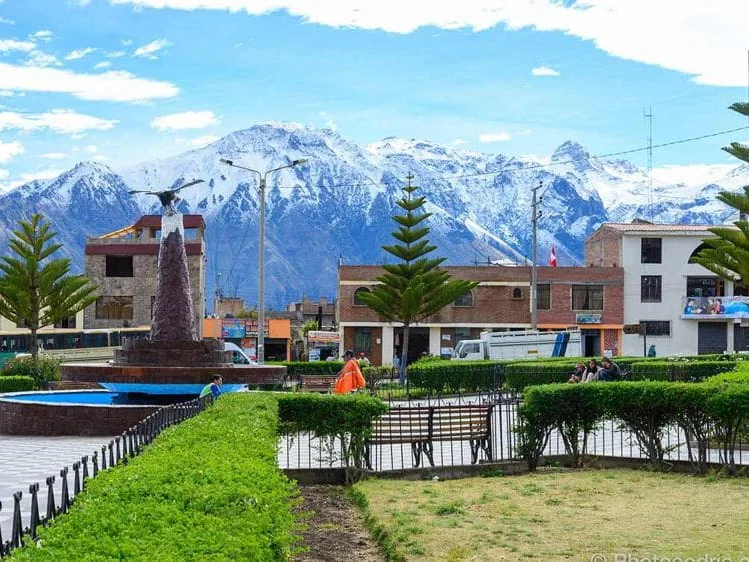
Colca Canyon Day Tour with 69 Explorer
Discover one of Peru’s most breathtaking landscapes on a full-day tour to the Colca Canyon, one of the deepest canyons in the world. Departing early from Arequipa, the route takes you through high-Andean plateaus, traditional villages, and impressive viewpoints.
You’ll enjoy panoramic views from Patapampa Pass at over 4,900 meters.
The highlight, of course, is the Cruz del Cóndor viewpoint, where you can often spot condors gliding gracefully above the canyon walls.
This tour is the perfect blend of natural beauty, Andean wildlife, and cultural encounters all in one unforgettable day.
Pro Traveler Tips
If you want the best experience, plan 2–3 days in Arequipa to explore the city, visit its monasteries, and enjoy its gastronomy. Then add 1–2 days for Colca Canyon—either as a day tour or an overnight stay in Chivay or Cabanaconde.
The day tour itself is not physically demanding, since most stops are viewpoints accessible by vehicle. However, expect an early departure, high altitude, and a long day of travel. Trekking into the canyon is only required if you choose a separate multi-day hike.
The optimal time to spot Andean condors is between 8:00 a.m. and 10:00 a.m. when rising thermals help them soar above the canyon. Arriving early increases your chances of witnessing their impressive flight.
Yes. Independent travelers can get to Chivay or Cabanaconde by bus and explore viewpoints or hikes at their own pace. However, a guided tour—like the one offered by 69 Explorer—adds cultural insights, logistics, and condor-spotting expertise.
Bring layers, as temperatures change dramatically throughout the day. Essentials include sunscreen, a hat, comfortable walking shoes, water, and a light jacket. If you plan to hike down to the Oasis, pack trekking poles and extra snacks.

